June 24, 2025 | 04:33 GMT +7
June 24, 2025 | 04:33 GMT +7
Hotline: 0913.378.918
June 24, 2025 | 04:33 GMT +7
Hotline: 0913.378.918
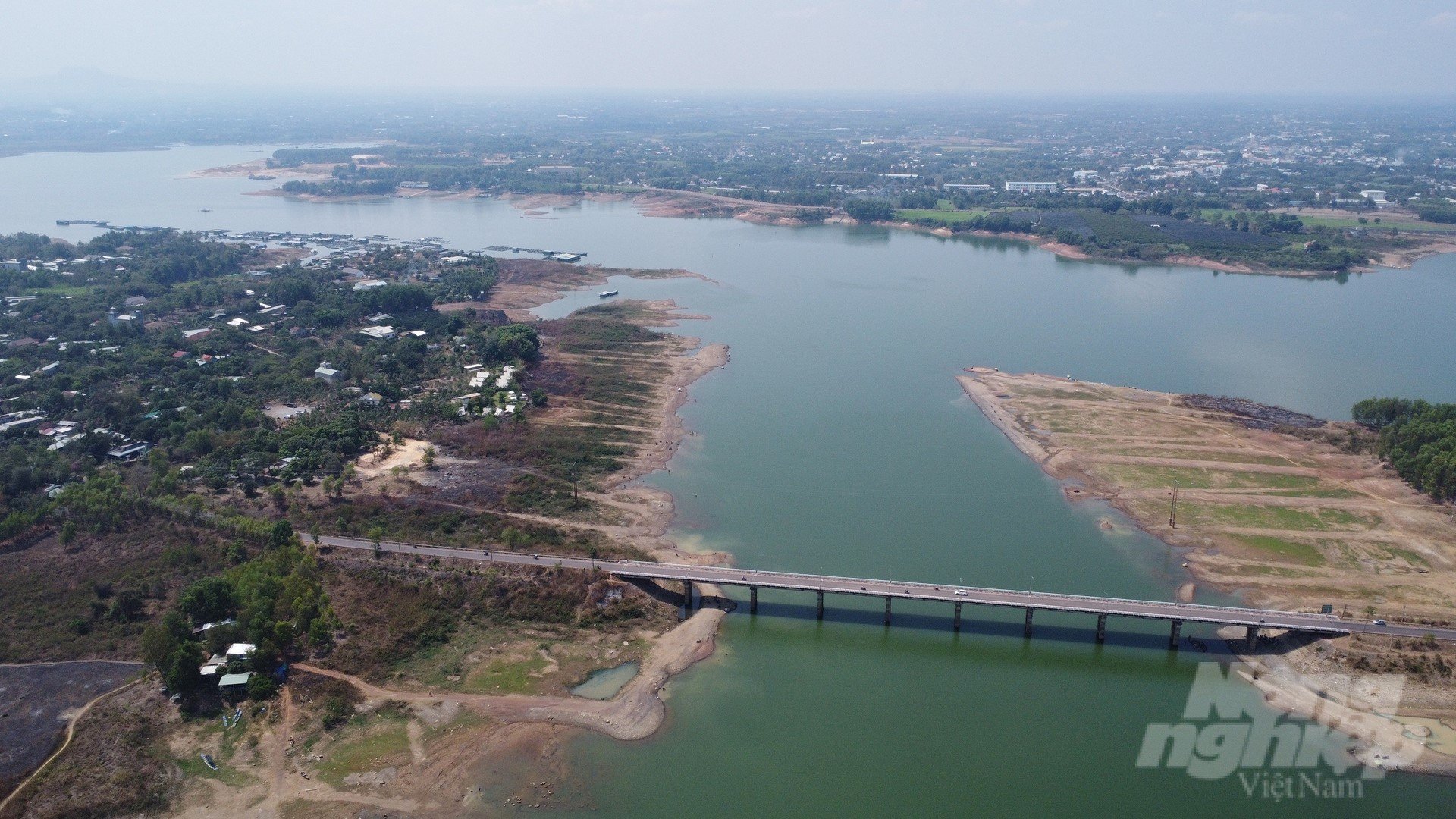
Along the basin of the Dong Nai river system, there are over 10,000 industrial production enterprises.
Along with the strong socio-economic development in recent times, the Southeast region has been facing problems of environmental pollution, flooding phenomena, and the impact of climate change.
Monitoring results from 2008 to now by the Ministry of Natural Resources and Environment show that the water quality of the Dong Nai and Thi Vai rivers tends to improve markedly over the years. However, there is still local pollution in the area of tributary rivers and inner-city canals that receive wastewater from urban areas, industrial parks, and scattered production and business establishments.
According to Minister of Natural Resources and Environment Dang Quoc Khanh, rapid urbanization with a lack of control has led to the encroachment of many natural canals, significantly reducing drainage capacity, and the filling of lakes and ponds for economic development, reducing water storage space. On the other hand, the impact of climate change makes urban flooding situations due to rain and flood tides appear with increasing frequency and severity.
Typically, Ho Chi Minh City is often flooded due to heavy rain combined with flood tides, which greatly affects the lives and activities of approximately three million people. The estimated damage caused by flooding in Ho Chi Minh City is up to VND 1,500 billion/year.
It is forecast that the total volume of domestic and industrial wastewater in the entire basin of the Dong Nai river system by 2030 will be about 7.2 million m3/day and night. Of which, urban and rural domestic wastewater will be about 5.5 million m3/day and night (accounting for 77%), and industrial wastewater will be about 1.6 million m3/day (accounting for 23%).
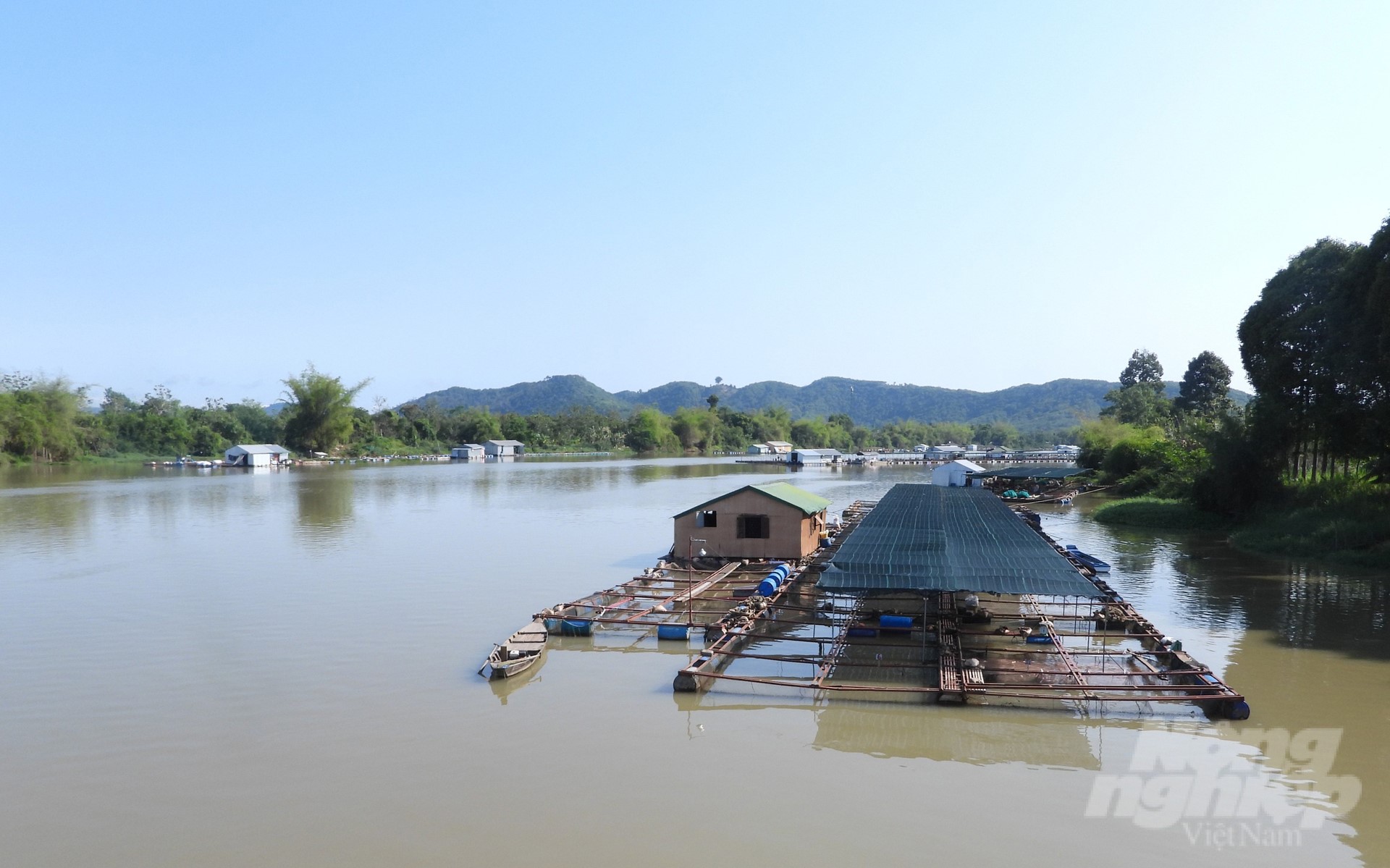
According to the climate change scenario for 2020, for Ba Ria-Vung Tau province, if the sea level rises by 100cm, about 4.84% of the province's area is at risk of being flooded.
Facing environmental problems, flooding, and climate change in the Southeast region, localities have implemented many solutions, such as investing in and completing drainage systems and wastewater collection and treatment systems in concentrated urban areas. Besides, setting up monitoring tools to control pollution. In particular, the Ministry of Natural Resources and Environment is maintaining and operating nine automatic water environment monitoring stations on the Dong Nai and Thi Vai rivers.
According to Minister Dang Quoc Khanh, in order to ensure the achievement of the goal “Building the Southeast to become a region of economic, cultural, and social development associated with eco-environmental protection and adaptation to climate change and sea level rise, etc. by 2030", it is necessary to focus on the following solutions:
First, the formulation and approval of planning for the Southeast region must ensure the connection between economic development and environmental protection among provinces and cities in the region.
Second, develop the economy in the direction of ecology, circularity, green growth, a green economy, a low-carbon economy, and promoting sustainable production and consumption. Continue to strengthen measures to inspect, examine, and handle establishments causing environmental pollution in the basins of the Dong Nai and Saigon river systems.
Third, proactively control large waste sources and establishments with a high risk of causing environmental pollution; prevent adverse impacts on the environment; establish inter-sectoral and inter-regional control mechanisms; and prevent emission activities harmful to the environment in the region and inter-region.
Fourth, increase the mobilization of all investment resources for the work of protecting the environment and overcoming environmental pollution and degradation; maintain and improve the quality of the environment.
Fifth, research and implement structural and non-structural solutions to help maintain and enhance the "space for rivers" and preserve and develop "water storage" to store water. This solution aims to regulate water sources between seasons.
Along with that, encourage the preservation and development of rainwater storage spaces in the process of urban development. However, this encouragement must ensure the principle of not carrying risks from one place to another. At the same time, protect and restore vegetation, especially upstream forests and coastal mangroves, in order to increase water storage capacity, reduce flooding in the rainy season, and increase aquatic resources in the dry season.
Sixth, promote the work of communication and raise awareness about environmental protection and adaptation to climate change and sea level rise. Build and replicate many models of well-implemented environmental protection and adaptation to climate change, sea level rise, etc.
Translated by Huyen Vu Thu
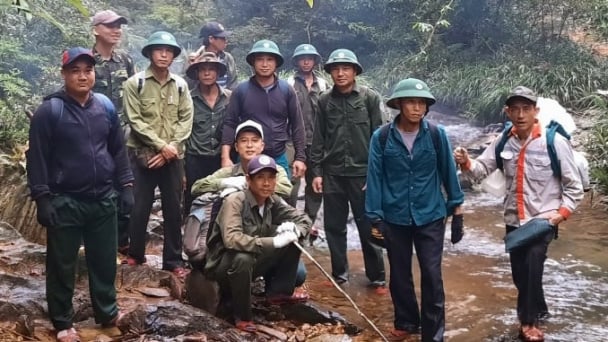
(VAN) All parties have acknowledged the barriers in mobilizing finance for conservation, proposing detailed initiatives. One of the most effective methods is to employ natural-based solutions.

(VAN) Vietnam is the country with the highest diversity of primate species in Southeast Asia, but most of them are seriously threatened, creating an urgent need for conservation efforts.
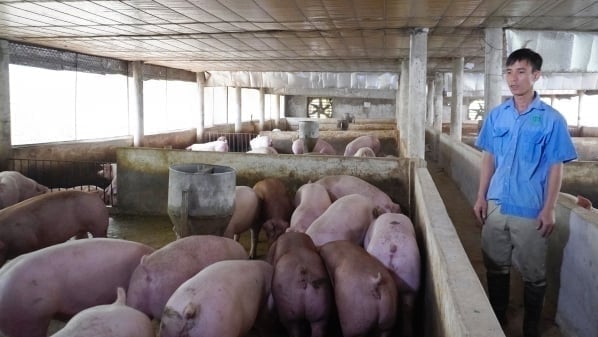
(VAN) Livestock farmers are still hesitant to use the new ASF vaccine products, mostly waiting for responses from large businesses before making a decision.
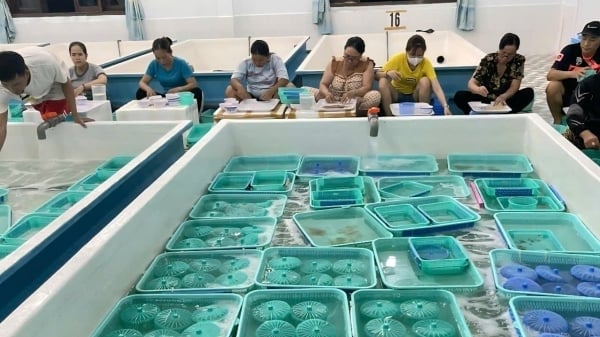
(VAN) Khanh Hoa and Phu Yen continue to strengthen inspection and control of lobster seed circulation in the area, and strictly handle violations.
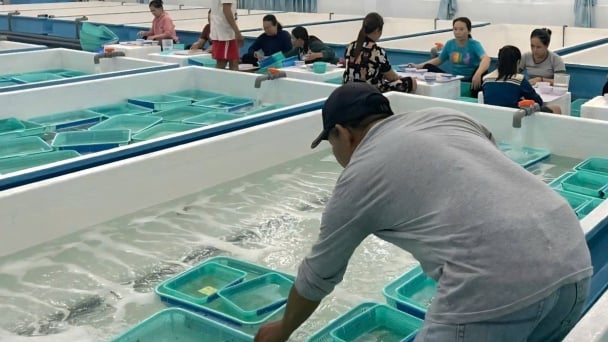
(VAN) Phu Yen and Khanh Hoa recently discovered many batches of lobster seeds of unknown origin. The authorities quickly moved and handled it as per regulations.

(VAN) Thanks to Ninh Thuans’s digitization of shrimp seed quarantine declarations, the procedures for payment and result reception are simpler and quicker.

(VAN) In Amsterdam, the Netherlands, the 18th Global Dairy Congress 2025 took place from June 18-19, where Vinamilk won many grand awards.